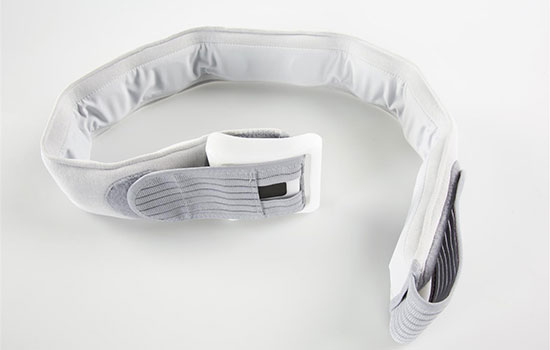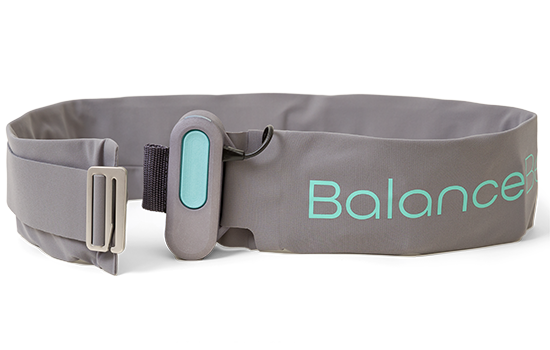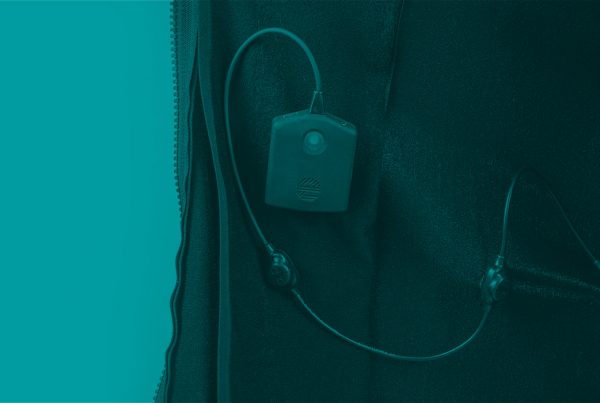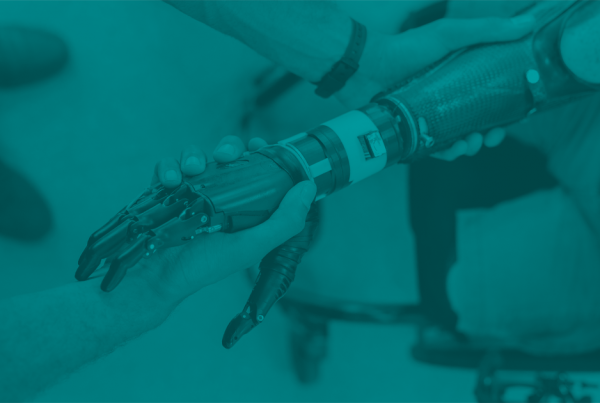Originally a biophysicist, Prof. Kingma has been studying and treating balance disorders since he joined the Vestibular Clinic of Maastricht University in 1983. In 2002, frustrated by the lack of treatment options for his patients, he decided to develop a balance aid wearable himself. Nearly 18 years later, the BalanceBelt is launched and available worldwide to patients with balance disorders. We caught up with him on a video call.
 Welcome, Prof. Kingma. It must be a busy and exciting time for you. Yes, after so many years of testing and developing the BalanceBelt, it is finally ready for daily use and production at scale. I cannot tell you how happy I am that more balance disorder patients will now be able to experience the positive effects of the BalanceBelt.
Welcome, Prof. Kingma. It must be a busy and exciting time for you. Yes, after so many years of testing and developing the BalanceBelt, it is finally ready for daily use and production at scale. I cannot tell you how happy I am that more balance disorder patients will now be able to experience the positive effects of the BalanceBelt.
What prompted you to start developing the BalanceBelt in the first place?
During my time as a clinician at the Vestibular Clinic of Maastricht University, I saw many patients with balance disorders lose their enjoyment of life. This was especially true for patients with Bilateral Vestibular Loss (BVL). Patients who suffer from this disorder have balance organs that function very poorly or not at all, causing them to continually feel unstable, as if they are about to fall. This obviously limits their ability to walk and move around independently.
The treatment options for these patients were extremely limited, so I started researching possible solutions myself. I think it helped that I had such a wide background: my contact with patients helped me understand what they really needed, while my technical background gave me the specialist knowledge and contacts to actually develop the wearable.
And what gave you the idea to use haptic feedback to help these patients?
There was already a treatment option available which uses haptic feedback to support physiotherapy for balance disorder patients. But the problem with physiotherapy in these cases is that the balance organs cannot really be trained. The therapy helps build muscle strength and reduce anxiety but is not very effective at helping patients in their daily lives. In that sense it is a bit like a hearing aid, which is also ineffective unless the patient is wearing it.
That is why I wanted to develop an ambulant treatment option so patients could benefit from the biofeedback while going about their daily lives. This would go a long way toward helping them move around independently and confidently, and have a huge impact on their quality of life.
How does the BalanceBelt work?
The BalanceBelt contains several tiny vibration motors (tactors) and an accelerometer. The accelerometer senses the direction the wearer is leaning toward and the tactors provide vibrational feedback to alert the wearer about their body position. This feedback is interpreted subconsciously, helping the wearer correct their posture and improve balance this way.
What were the main obstacles in the development of belt?

The original BalanceBelt
The first versions of the wearable were developed together with Maastricht University and Maastricht instruments. The positive effect on patients’ mobility and quality of life was clear, but these early versions were still incredibly expensive to produce and rather bulky. It was also difficult to find the best way to apply the haptic feedback, what patterns to use, how to make it effective with being irritating, where to apply it, etc.
We struggled for quite some time to improve the design. To me, it was important that the belt was both affordable and comfortable to wear all day. I didn’t want a high price being a barrier for patients to benefit from the BalanceBelt. And I knew that adherence would suffer if the belt was heavy and bulky: Regardless of how beneficial the haptic feedback is, comfort is a major issue as the device needs to be worn all day. Low adherence, where patients have trouble sustaining a treatment, is a widespread problem in any medical field; it can drop as low as 50% in some cases. I wanted to prevent this at all costs.

The final version of the BalanceBelt, developed by Elitac Wearables in close collaboration with Prof. Kingma and Maastricht University Medical Center+.
The development really sped up when we invited Elitac Wearables to the project in 2018. They applied their expertise in haptic feedback and wearables development and made the belt much more affordable, lightweight and comfortable to wear. And through their sister company Elitac BalanceBelt B.V., they are able to make the BalanceBelt available to patients worldwide.
What are the plans for the future?
We are working with ENT doctors in 18 different countries to find out whether the BalanceBelt can help their patients too. And we are organizing a large double-blind patient study in Denmark and The Netherlands, to find out if the BalanceBelt can also help patients suffering from other types of balance disorders.
It’s been a long road, but it’s been worth it to see the joy on my patients’ faces when they start regaining their confidence moving around. Hopefully, we can do the same for patients in other countries now.
Many thanks for taking the time to talk to us!
For more information about the BalanceBelt, please visit https://www.balancebelt.net. To learn more about our wearables development services, please visit Services or contact us.






